Poison threatens Sadc’s wildlife
- By Zimpapers Syndication |
- 13 Mar, 2025 |
- 2

Sifelani Tsiko ---
The accelerated pace of wildlife poaching using dangerous chemicals across Southern Africa in recent years is threatening the region’s rich wildlife heritage raising global alarm over the indiscriminate and reckless use of a variety of poisons.
A new round of wildlife poisoning reported in South Africa’s Kruger National Park recently led to the death of more than 100 vultures and two lions.
The lions and vultures are said to have died after eating the poisoned carcass of an elephant.
This sparked alarm among wildlife and conservation groups who expressed deep concern over the use of chemicals such as cyanide – which poachers were now using as they adopt a new methods of killing mammals in wildlife sanctuaries dotted around the Sadc region, which is last frontier remaining with number of animals extinct in other parts of the world.
“It seems poachers have resorted to wildlife poisoning in the national parks and other protected areas in Southern Africa,” said Glenn Phillips, managing executive of Kruger National Park in a statement.
Preliminary investigations showed that the elephant was shot in the head, its tusks removed and its carcass laced with poison, in a new development that confounded wildlife conservation groups.
Phillips said two lions, 110 white-back vultures and two jackals died after feeding on the poisoned carcass.
Increased poaching using chemicals is threatening to destroy Sadc’s plant and animal biodiversity, something which cost the region billions of dollars in terms of lost revenue from animal products and tourism related activities.
Revenue generated from hunting and other tourism related activities is critical for the financing of wildlife conservation operations.
One of the worst affected country within the Sadc region is Zimbabwe which is grappling with sophisticated poaching by local and international syndicates that has left more than 20 000 elephants dead over the last two decades.
Some wildlife analysts suggest that Zimbabwe could have roughly lost US$3 billion when an average sport hunting fee of US$120 000 is factored in for each elephant.
Zimbabwe has accumulated more than 90 tonnes of elephant tusks which it cannot dispose due to the international ban on trade in ivory.
A 2015 round of cyanide poisonings in Zimbabwe killed 14 elephants in September while 26 more were found poisoned at two sites in the Hwange National Park, according to the Zimbabwe Parks and Wildlife Management Authority.
In 2013, cyanide poisoning decimated about 300 elephants in Hwange as poachers placed salt laced with cyanide near wildlife watering holes.
Tusk Trust, a wildlife organisation, reports that 100 000 elephants were killed in the past four years, leaving a population of about 400 000 - half what it was more than two-and-half decades ago.
Wildlife campaigners say China and the US are the biggest end markets for ivory products. They accuse the two countries of fueling trade in ivory something has led to an elephant poaching crisis in Africa.
Rampant poaching in the sub-Saharan range has resulted in the deaths of 100 000 elephants from 2011 to 2013, according to the International Union for Conservation of Nature.
Tanzania’s elephant population plummeted by 60 percent to 43 330 in the five years ending in 2014, according to the Great Elephant Census, carried out by a coalition of wildlife groups while Mozambique lost half its elephants in the same period, falling to 10 300.
Wildlife campaigners say the statistics “underscore the toxic mix of determined criminal gangs, corrupt government officials and a strong market for smuggled ivory in Asia — particularly in China — which has deepened its economic ties to Africa in recent years.”
Cyanide poisoning which is decimating Southern Africa’s rich wildlife heritage has compounded wildlife conservation operations.
Lacing wildlife watering holes with poison has had ripple effects in the ecosystem, killing other animals too, including predators feeding off the elephant carcasses.
Most wildlife campaigners in Zimbabwe say cyanide poisoning is a disturbing phenomenon. They say its too early to say whether the ban will have any meaningful impact.
“The rate at which elephants are being killed in Zimbabwe is truly disturbing,” says Johnny Rodrigues, chairman for Zimbabwe Conservation Task Force.
The wildlife campaigner claims that up to 76 were found poisoned with cyanide in various conservation parks dotted around the country last year.
“The problem with the cyanide poisoning is that other animals are dying as well. Two vultures were found poisoned after eating the carcass of one of the elephants and an eland was found snared,” he says.
“The most disappointing thing is that when a local Zimbabwean kills an animal for food for his family, he is sentenced to between 5 and 15 years in prison but when a wealthy foreign hunter comes in and shoots an animal, he gets away with it. What message are we giving the people?”
Inside South Africa, wildlife poisoning, which some animal lovers have dubbed ‘wildlife terrorism,’ is rising.
In 2015 alone, the Kruger National Park lost one elephant, four African lions, 46 vultures and one sub adult bateleur to chemical poisoning.
Wildlife poisoning is South Africa had been at a low level in the past but the figure has spiked, forcing the giant African economy to join neighbouring Mozambique and Zimbabwe which are grappling with menace.
This has forced governments and most wildlife conservation groups within the Sadc region to join hands in the fight against a new wave of wildlife poisoning.
"It seems poachers have resorted to wildlife poisoning in the National Parks and other protected areas in Southern Africa and we are devastated by these latest mortalities of our wildlife,” said Phillips.
"Wildlife poisoning is not only a threat to our biodiversity assets, but a single incident can affect hundreds of species, thus cutting their life short and diminishing their ecological role."
He said the KNP was now working with all relevant government security structures as well as neighbouring countries to devise strategies to minimize wildlife poisoning activities in South Africa and within the region.
Phillips said the current spate of elephant poaching requires tough regulatory measures to prevent wildlife poisoning and poaching.
A 2014 WorldWide Fund for Nature (WWF) study showed that poachers in the centre and north of Mozambique were killing elephants with poisoned food and water.
In Magoe, in the central province of Tete, dozens of elephant carcasses were found near water contaminated with cyanide.
The report blamed surge in poaching in Magoe on an influx of criminals from syndicates operating within the Sadc region.
The research stated: “In 2011 Mozambique had an elephant population of about 22,000, of which about 70 percent were concentrated in two areas (the Niassa Reserve and Magoe district). Elephant populations existed in other parts of the country, but were more fragmented“.
According to media reports, poaching has also reached worrying levels in the Niassa Reserve in the north of Mozambique.
Between 2009 and 2011 the number of carcasses sighted during aerial surveys more than tripled, from 83 to 271, according to the WWF.
Poaching within the Sadc region has been blamed on a number of factors including the support and involvement of local communities who complain bitterly that they are not benefiting from country access benefit sharing (ABS) schemes as required under the Convention on Biological Diversity protocols.
The Nagoya Protocol on Access to Genetic Resources and the Fair and Equitable Sharing of Benefits Arising from their Utilization (ABS) to the Convention on Biological Diversity is a supplementary agreement to the CBD which aims to provide a transparent legal framework for the effective implementation of one of the three objectives of the CBD: the fair and equitable sharing of benefits arising out of the utilization of genetic resources.
By helping to ensure benefit-sharing, the Nagoya Protocol creates incentives to conserve and sustainably use genetic resources.
However, most local communities living close to wildlife sanctuaries say they are not benefiting at all and hence, they are often used by poaching syndicates just to get something to survive.
In Zimbabwe, ever since the collapse of the Communal Areas Management Programme for Indigenous Resources (CAMPFIRE), rural district councils are not giving proceeds from hunting trophies back to communities and this has compounded the fight against poaching in the southern African country.
In Mozambique and a few other Sadc countries there have been cases where weapons belonging to border guards have been used to kill elephants.
Corruption by powerful elites with strong connections to international poachers has fueled wildlife poisoning on the back of the attractive illegal trade.
Arrests have been made but penalties or sentences have not deterred poaching.
Sadc recognises the importance of conservation and sustainable use of wildlife resources in Southern Africa. Member states agreed to create transfrontier parks to enhance wildlife protection but have grappled with implementation issues and funding woes.
Wildlife experts and conservation groups say there is need to regulate the import of chemicals such as cyanide.
In addition, they say governments need to monitor and track the use of chemicals to prevent abuse and the reckless use of it to poach wildlife.
Adequate funding, they also say, is key to strengthening anti-poaching activities in wildlife sanctuaries.
More funding and more manpower, will no doubt give teeth to Sadc’s Protocol on Wildlife Conservation.
No Comments



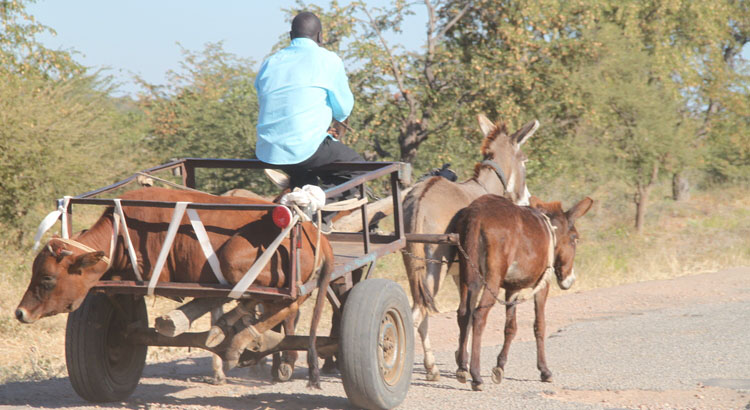

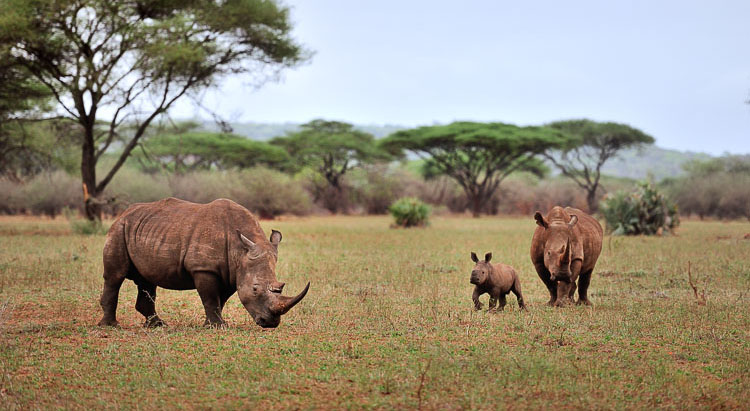
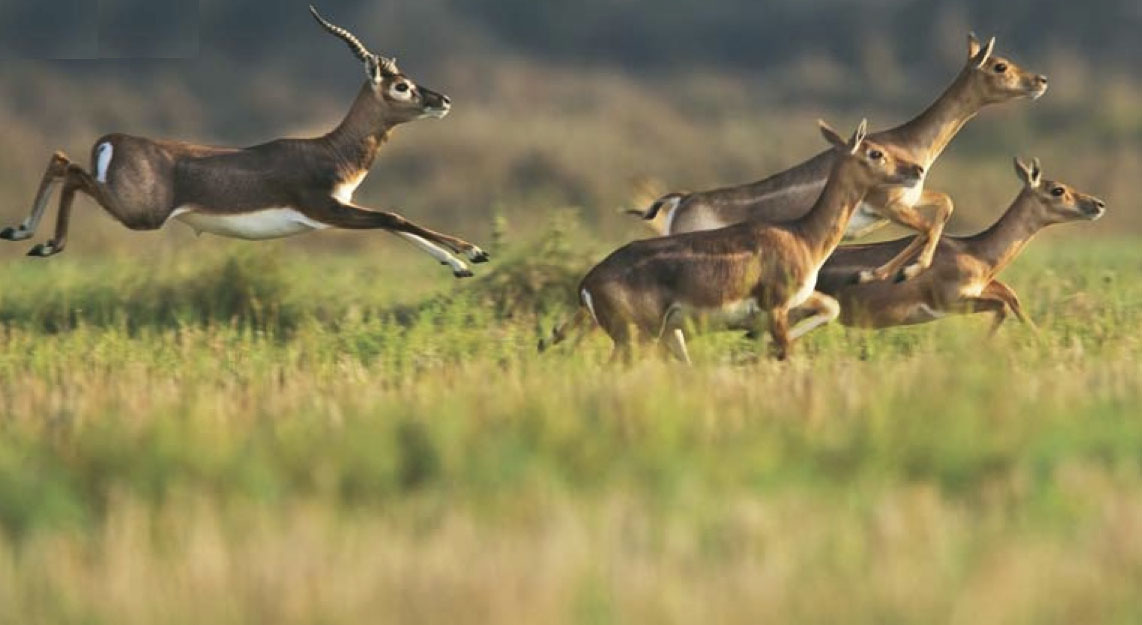

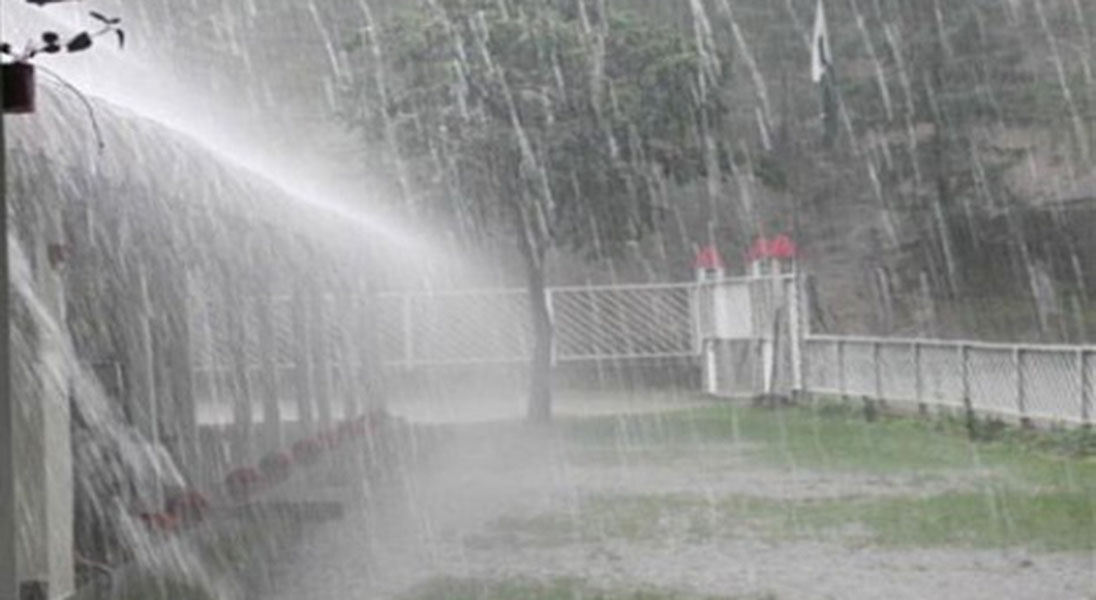
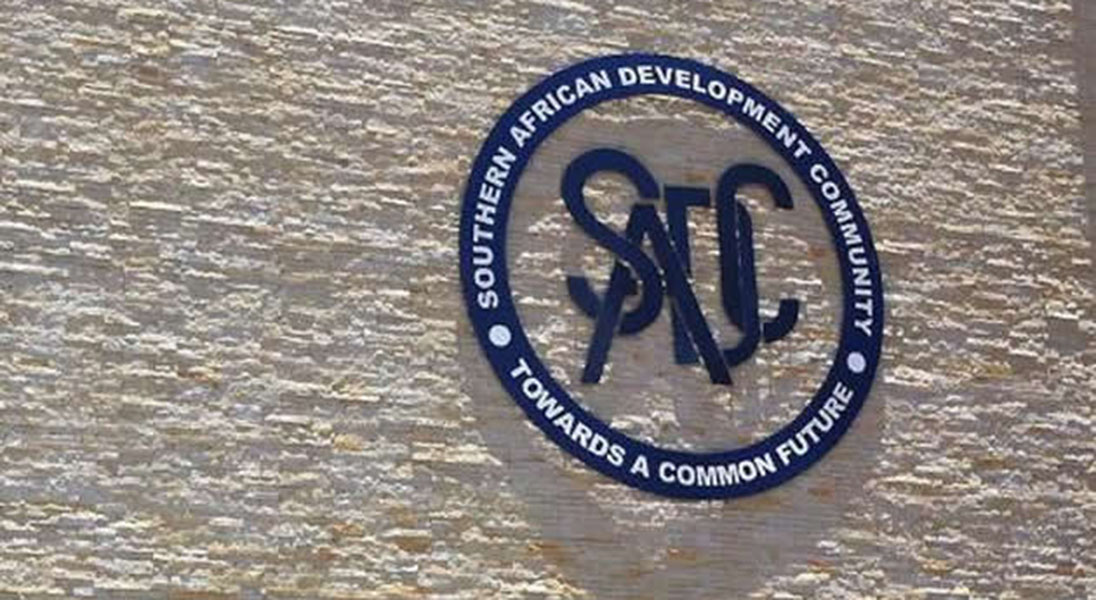
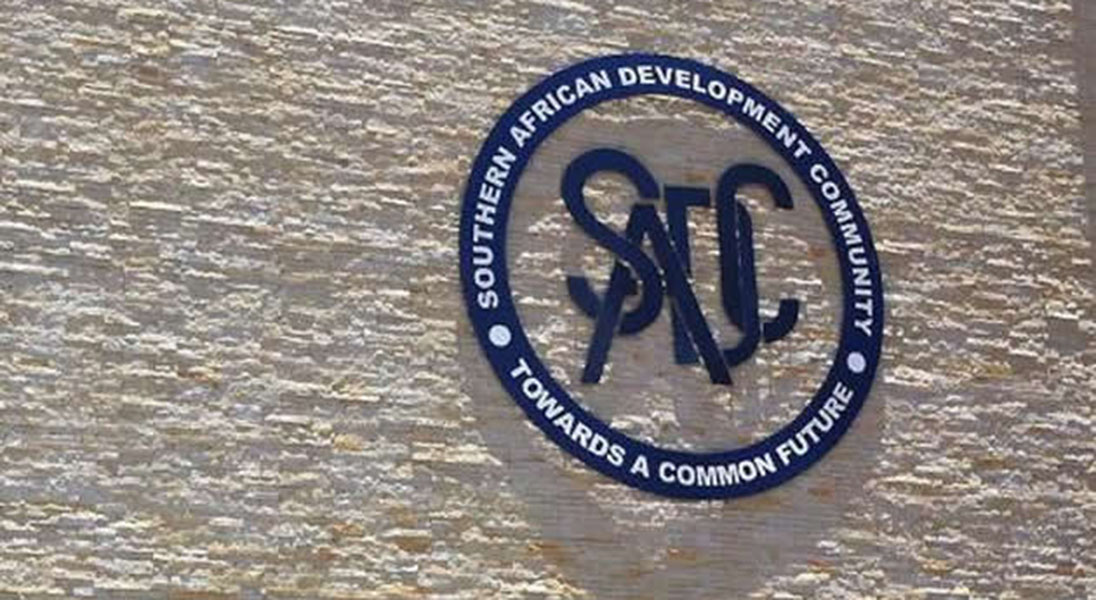
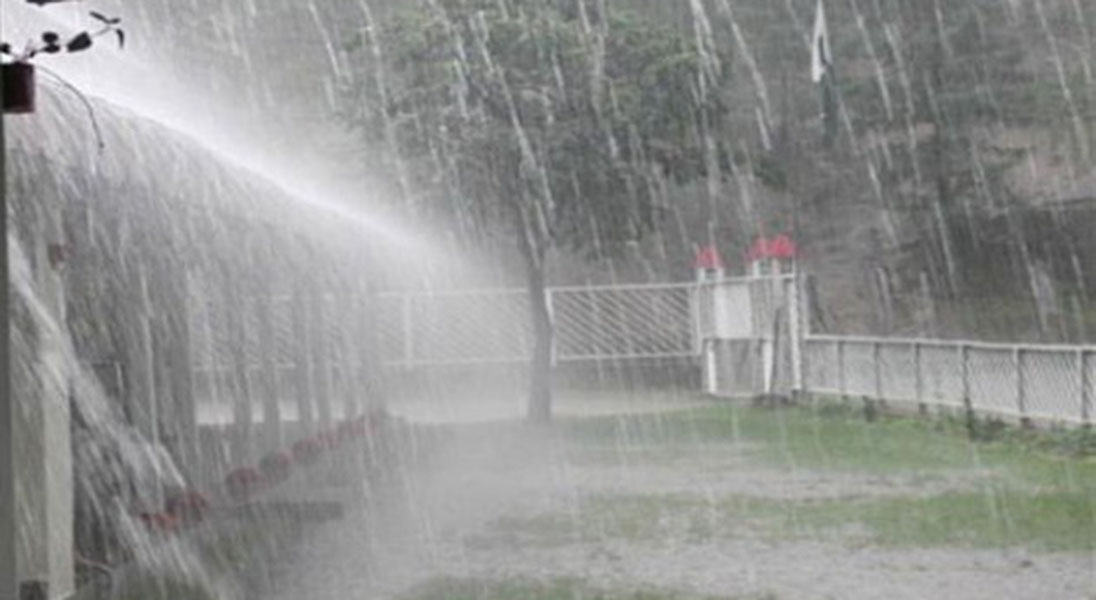
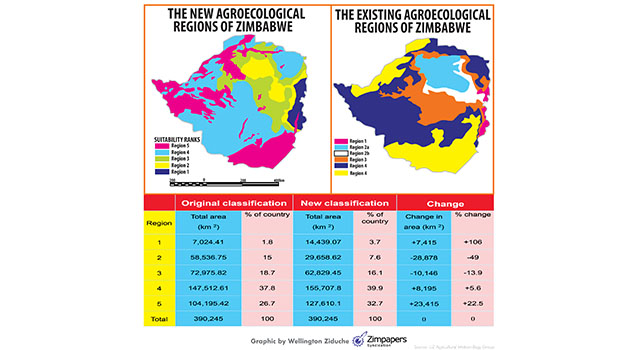

Comment